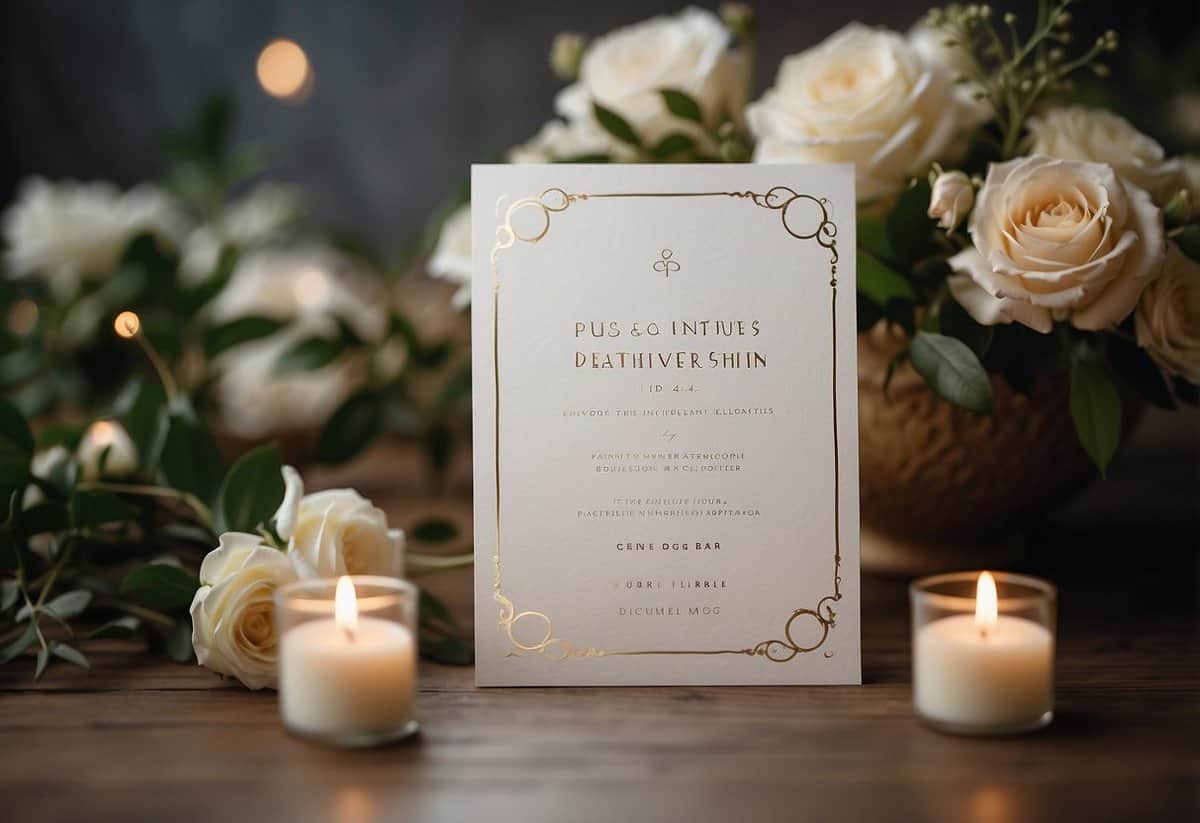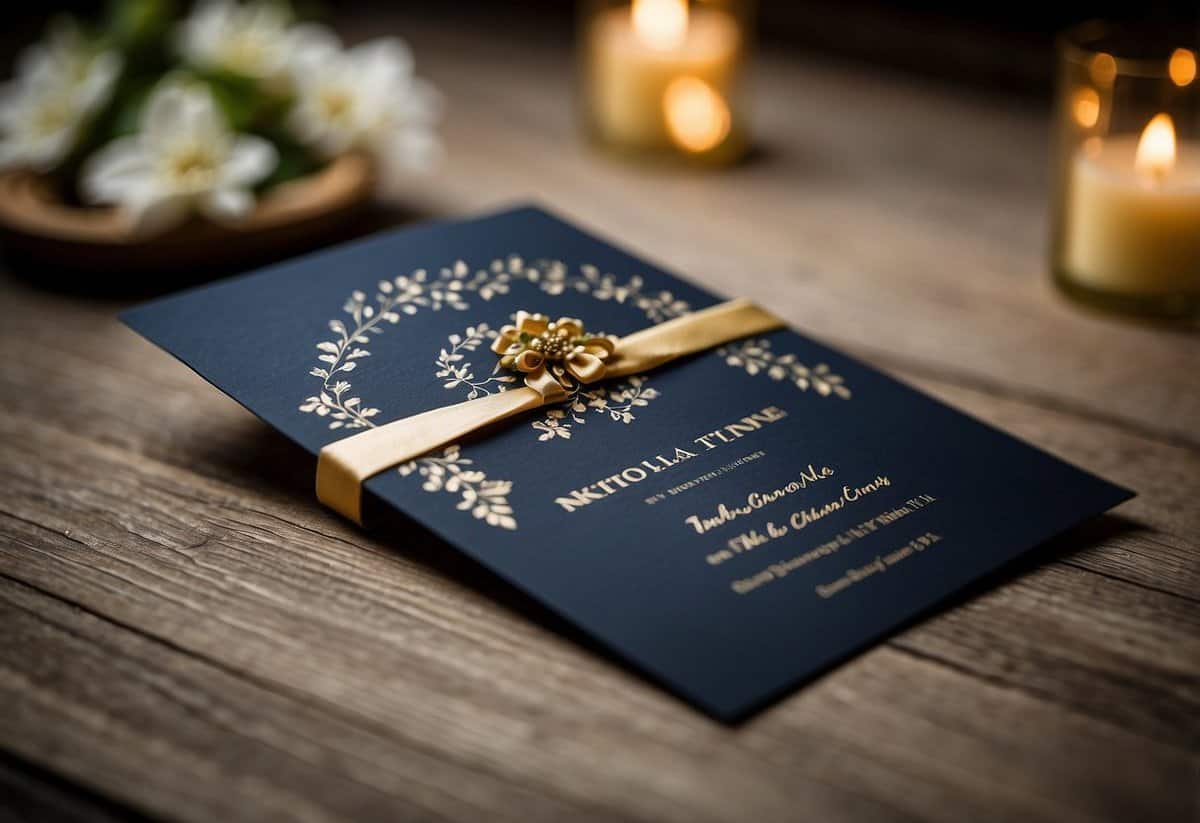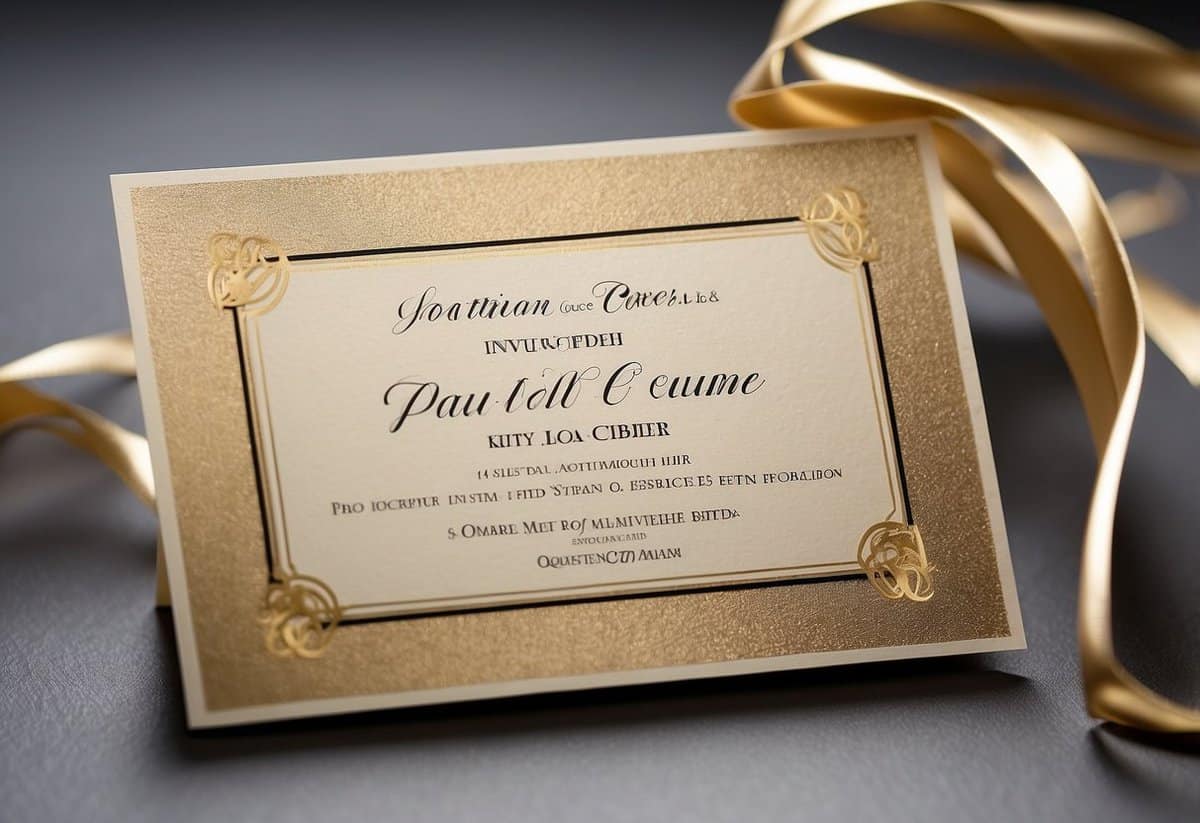Is It Rude to Not Give a Plus One to a Wedding? Etiquette Tips for Guests
Planning a wedding involves countless decisions, and one of the most delicate is whether or not to offer guests a plus-one. It is not inherently rude to not give a plus-one to a wedding, as long as you handle it with sensitivity and good communication. Many factors, such as budget and venue capacity, can influence this choice. You may also consider the relationship status of your guests and whether they would feel comfortable attending alone.

When crafting your invitations, it’s important to be clear about who is invited. For single guests, addressing the invitation only to them makes it clear without having to spell it out. If you’re providing a plus-one, you might use language like “and guest” to make it clear. This approach can help prevent any misunderstandings and manage expectations right from the start.
Understanding wedding etiquette goes a long way in making these decisions. Offering plus-ones to married or engaged couples is typically a given, but for single friends, using discretion based on your wedding’s specific context is key. By approaching this thoughtfully, you ensure that your guests feel respected and valued, even if they aren’t bringing a date. Read more about how to handle plus-one invitations at The Knot and Wedding Spot.
Understanding Plus-One Etiquette

When planning a wedding, deciding who gets a plus-one can be tricky. Understanding wedding etiquette and plus-one invitations helps you navigate relationship milestones and make decisions that are fair and considerate to all your guests.
The Basics of Plus-One Invitations
A plus-one allows a guest to bring a date or companion to the wedding. This is especially common for single, engaged, or married guests. To simplify things, use clear language on your invitations. “And guest” for singles allows them to bring a date, while addressing invitations by name for couples keeps it clear.
Invitations should be neat and formal. If you can’t offer everyone a plus-one due to space or budget, be honest and address that individual’s name only. Using the term “invited guest” instead of “plus-one” also adds formality.
Navigating Relationship Milestones
Consider a guest’s relationship status when deciding on plus-ones. Guests who are married, engaged, or in long-term relationships should generally receive a plus-one. This respects their milestones and supports their relationship.
For those dating or living together, it’s polite to include their partner. For single guests, think about your venue’s capacity. If it’s limited, focus on close family and friends first.
Offering a plus-one shows you care about your guests’ comfort and enjoyment. Balancing budget, space, and relationships is vital in maintaining good wedding etiquette and ensuring a joyous celebration for everyone.
Wedding Planning Considerations

Planning your wedding involves many decisions, especially about whether to offer plus-ones. You need to think about your budget, your venue’s space, and how you create your guest list.
Budgeting for Extra Guests
Your budget will determine how many extra guests you can afford to invite. Each additional person costs money, from their meal to their share of the venue and decorations.
Think about what each guest adds to your total expenses. This might include food, drinks, and even favors or gifts. You may also need to consider transportation and lodging if you are hosting a destination wedding.
It’s important to balance your desire to include more people with what fits within your financial plans. Factor in taxes and service charges that can add up quickly.
Venue Restrictions and Space
The size of your venue is critical when deciding on plus-ones. Some venues have strict limits on how many people they can accommodate due to safety codes or their physical capacity.
Check with your venue to understand these restrictions. You might love a small, cozy space, but it may not allow for a large guest list. Ensure there’s enough space for everyone to be comfortable and enjoy the event.
Think about the layout—how much room you need for tables, a dance floor, or other amenities. Make sure there’s enough space for any extra guests you might invite without overcrowding.
Creating the Guest List
Your guest list should reflect both your and your partner’s relationships. It’s okay to prioritize close family and friends.
When it comes to plus-ones, consider who truly needs the option. Married or engaged couples typically expect to attend together. For single friends, it may depend on their comfort level attending alone and your relationship with them.
Use clear criteria for deciding who gets a plus-one. Communicate your decisions politely on the invitations. This approach helps avoid hurt feelings and confusion. Remember, it’s your day, and it should reflect your wishes and comfort.
Invitation Wording and RSVP Process

Proper wording and a clear RSVP process are key to setting expectations for your wedding invitations. You want to ensure your guests understand whether they have a plus-one and how to respond.
Crafting Your Invitations
When creating your wedding invitations, clarity is crucial. If you’re allowing a plus-one for a guest, use the term “invited guest” rather than “plus-one” for a more formal tone. For example, address the invitation to “John Doe and Invited Guest.”
In cases where no plus-one is allowed, be clear and respectful. For instance, you can address the envelope to the individual guest only, or specify on the RSVP card that only one seat is reserved. If space is a concern, a line such as, “Due to limited space, we are unable to accommodate additional guests,” may help.
It’s also wise to maintain consistency in your wording throughout all invites. This ensures there’s no confusion among guests regarding their invitation status.
Handling the RSVPs
Managing the RSVP process efficiently is just as important as the invitation itself. Include a clear deadline for RSVPs on the RSVP card, typically four weeks before the wedding date.
On the RSVP card, be specific about the number of seats reserved. For example, “Two seats have been reserved in your honor,” if allowing a plus-one. If not, simply state, “One seat has been reserved in your honor.”
Track responses in a spreadsheet or a wedding planning app to ensure no RSVP is missed. Set a reminder to follow up with guests who don’t respond by the deadline. This helps you get an accurate headcount and make final arrangements for seating and catering.
By crafting clear and thoughtful invitations and managing RSVPs efficiently, you can help ensure your wedding plans unfold smoothly.
Social Dynamics and Guest Comfort

Choosing whether to offer plus-ones can impact how your wedding guests feel and interact. Single guests may face different dynamics compared to those introducing new partners.
Single Guests and Social Circles
If you don’t provide a plus-one to a single guest, they might feel awkward or left out, especially if most attendees are coupled. It could be challenging for them to navigate social circles alone, and they might feel like a third wheel.
Another issue is that single guests might not know many people at your wedding. This can make them uncomfortable and less likely to enjoy the event. To mitigate this, consider seating single guests with others they know or with friendly, outgoing groups.
Offering a plus-one can also prevent potential drama. If a single guest is dating someone new, bringing a companion can provide emotional support and help them feel more at ease.
Introducing New Plus-Ones
When single guests bring a new partner, it can be a chance to introduce that person to their social circle. However, not everyone is excited about meeting new people in a wedding setting. It can be a challenge to ensure the new plus-one feels included and welcomed.
There is also the risk of adding drama to the mix. If the new relationship is fresh, it could be awkward for the guest or even disruptive if things don’t go smoothly between them and others.
To handle this, clearly communicate your invitations. Make sure your guests know if they can bring a plus-one or not. Using terms like “invited guest” instead of “plus-one” can add formality and clarity. Check out Wedding Plus-One Etiquette: The Complete Guide for tips on how to word your invitations.
Expert Insights and Trends

When planning your wedding, deciding whether to give guests a plus-one can be tricky. Here, we share expert advice and look at modern trends to help you make the best decision for your big day.
Advice from Wedding Professionals
Wedding professionals often suggest clarity and communication. If space is tight, it’s okay to limit plus-ones. Etiquette experts recommend stating your policy clearly on invitations. For instance, you can include an envelope insert explaining that only named invitees are welcome.
It’s also key to consider the relationships of your guests. For close friends or family members in serious relationships, extending a plus-one is thoughtful and considerate. According to The Knot, single guests don’t always expect a plus-one, but couples usually appreciate it.
Modern Plus-One Trends
In recent years, there have been shifts in plus-one etiquette. Some couples are opting to embrace smaller, more intimate weddings. Instead of blanket plus-ones for single guests, they focus on inviting long-term partners or close friends.
Additionally, wedding websites often include a section for guests to RSVP. This makes it simple to clarify who is invited and prevents confusion. According to WeddingWire, this trend helps couples manage their guest list more efficiently.
Another modern approach is flexible seating arrangements, which cater to guests whether they come alone or with a partner. This ensures everyone feels comfortable and included.

